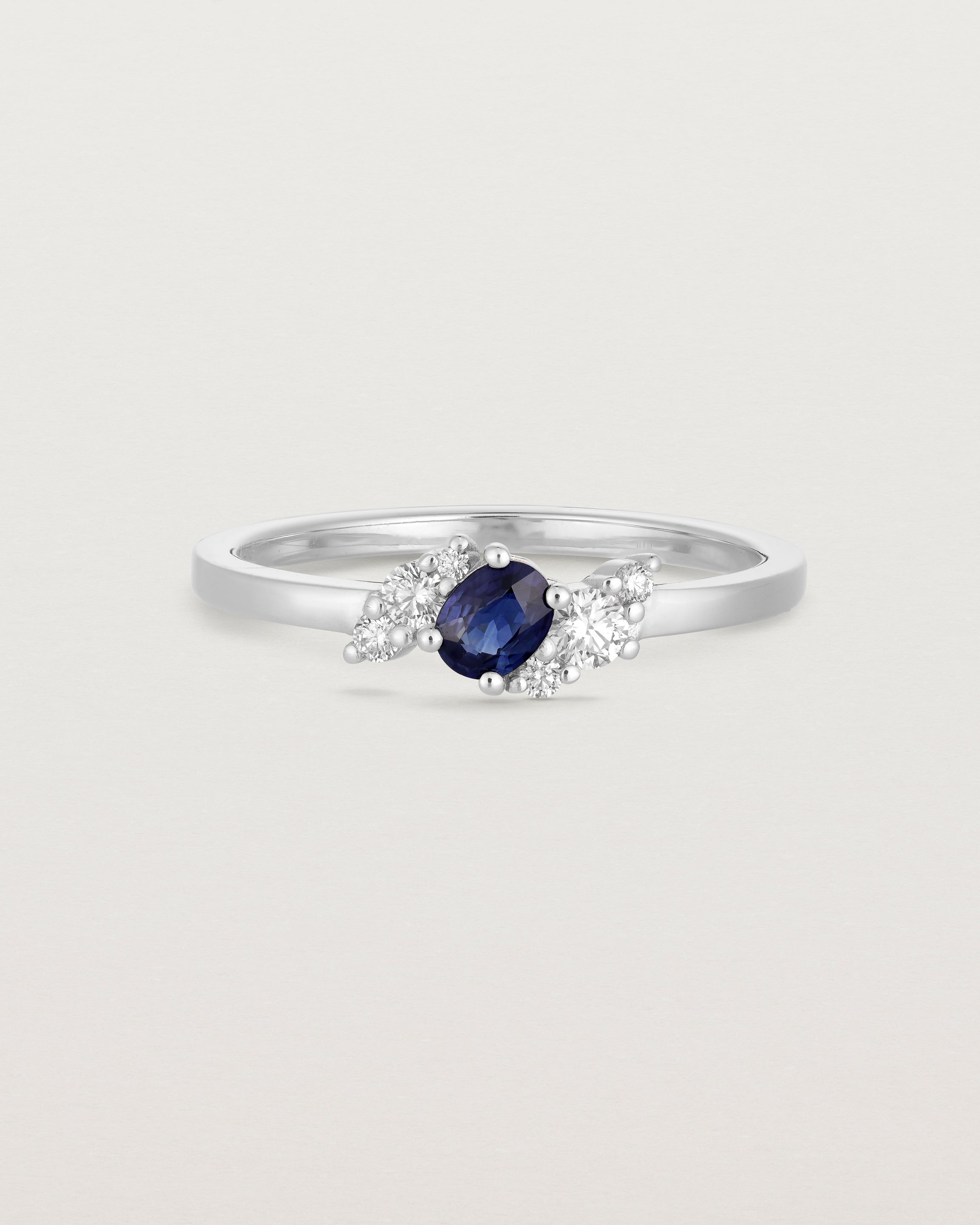Guide
Laboratory Grown Diamonds
A mindful and aesthetically brilliant alternative to their natural counterparts, Laboratory Grown Diamonds are grown in carefully controlled lab environments to evoke the same physical, chemical, and optical properties as mined diamonds.
Our team is dedicated to guiding you through the fascinating world of laboratory grown diamonds, offering insights into their creation process, environmental and ethical considerations, and traceability.
Explore the sustainability of Laboratory Grown Diamonds in our 2023 IMPACT Report
We have chosen to delve deeper into the details of laboratory grown diamonds, providing greater insight, clarity, and answering the many questions we are often asked.
Understanding Laboratory Grown Diamonds
- Laboratory grown diamonds have been in production since the 1950s, primarily for industrial use.
- In the 1980s, they made their way into the fine jewellery space, and in recent years, their presence and availability have surged.
- From a chemical, physical, and optical standpoint, there is no difference between laboratory grown and naturally mined diamonds (differences between the two are imperceptible to the human eye without the aid of machine equipment).
- These diamonds are created in a laboratory setting using advanced technological processes that mimic natural diamond formation, achieved through two methods: High Pressure High Temperature (HPHT) and Carbon Vapor Disposition (CVD). At NMJ, we offer stones grown through both methods, ensuring that no post-growth treatment has been applied to any certified stone.
LABORATORY GROWN DIAMONDS
Our Suppliers
LABORATORY GROWN DIAMONDS
Certification
LABORATORY GROWN DIAMONDS
Sourcing
LABORATORY GROWN DIAMONDS
Grading System
Our Laboratory Grown Diamonds
Considering the fluctuating market value of laboratory grown diamonds, we carefully manage the pricing of our online products to reflect this. We conduct quarterly pricing reviews on all online products containing laboratory grown diamonds and maintain purchasing price targets based on costings from the previous quarter. Being in the advantageous position of not holding stock of stones, we source stones for each individual purchase, enabling us to stay competitive when prices fluctuate. We prioritise a high-end cut in our laboratory-grown diamonds, which we believe adds to their vibrance and overall value.
All laboratory grown diamonds we sell above 0.30ct in size are accompanied by a report outlining that they are laboratory grown and stating whether the diamond was made via the CVD or HPHT process. We always disclose on our product descriptions and at the point of sale if a product contains laboratory grown diamonds, ensuring that we always sell with authenticity and transparency.
Will laboratory grown diamonds hold their value long term?
No one can predict the future in terms of laboratory-grown diamond value. Prices have reduced in the last six months due to the increasing number of suppliers in the market and the volume of diamonds being created. Experts believe that, like any new category that comes to the market, there are major fluctuations initially, followed by a period of stabilisation.
Laboratory grown diamonds provide opportunities for consumers with lower budgets compared to what is typically required for obtaining a natural diamond. This allows consumers to spend less while achieving a higher carat weight, better colour, and clarity.
In recent years, laboratory grown diamonds have fallen in price compared to their natural, mined counterparts, however, the value of jewellery is ultimately decided by the emotional values of the customer rather than the market value.
DIAMONDS
Engagement Collection
Feel inspired and fall in love. View our curated collection of diamond engagement rings.
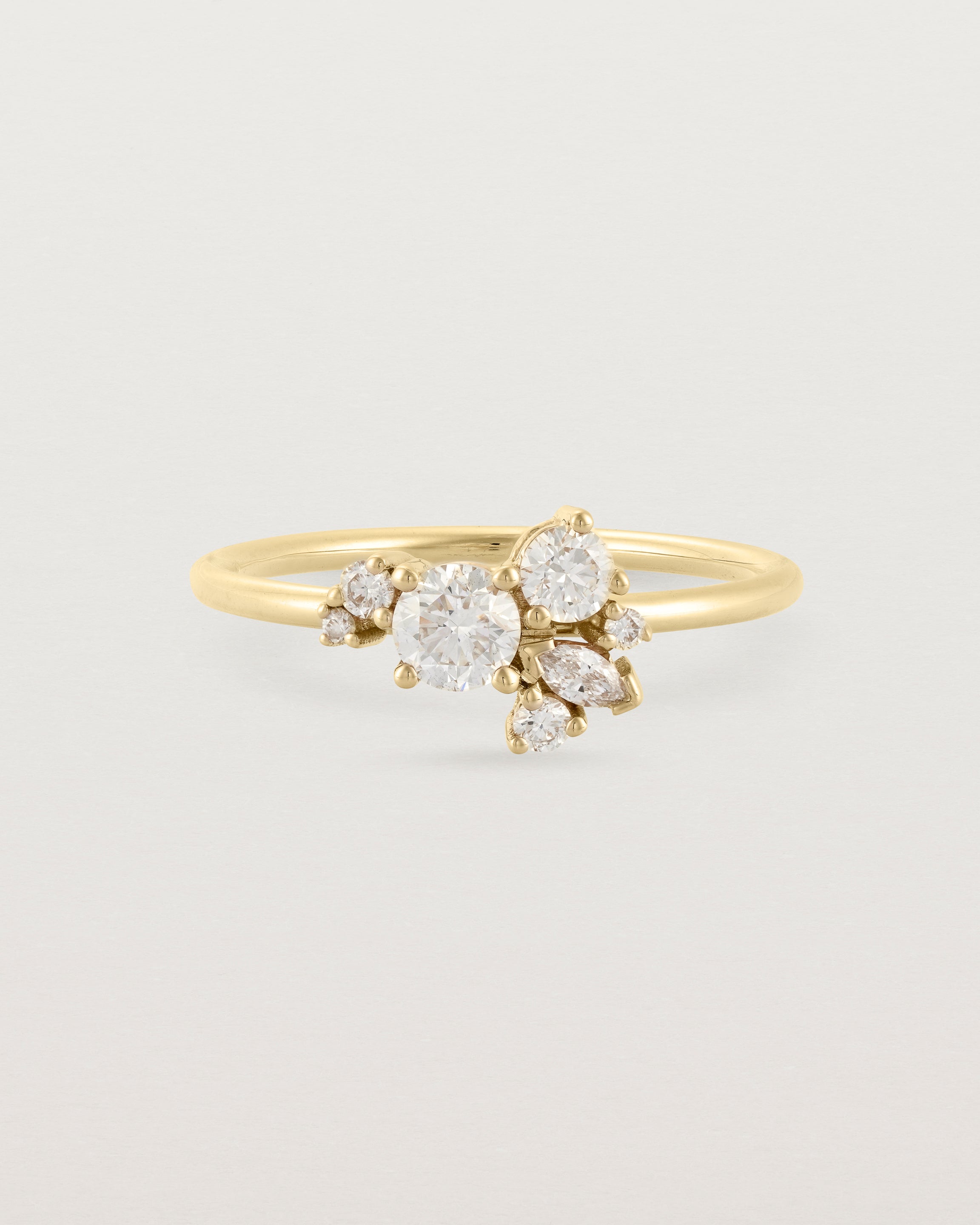
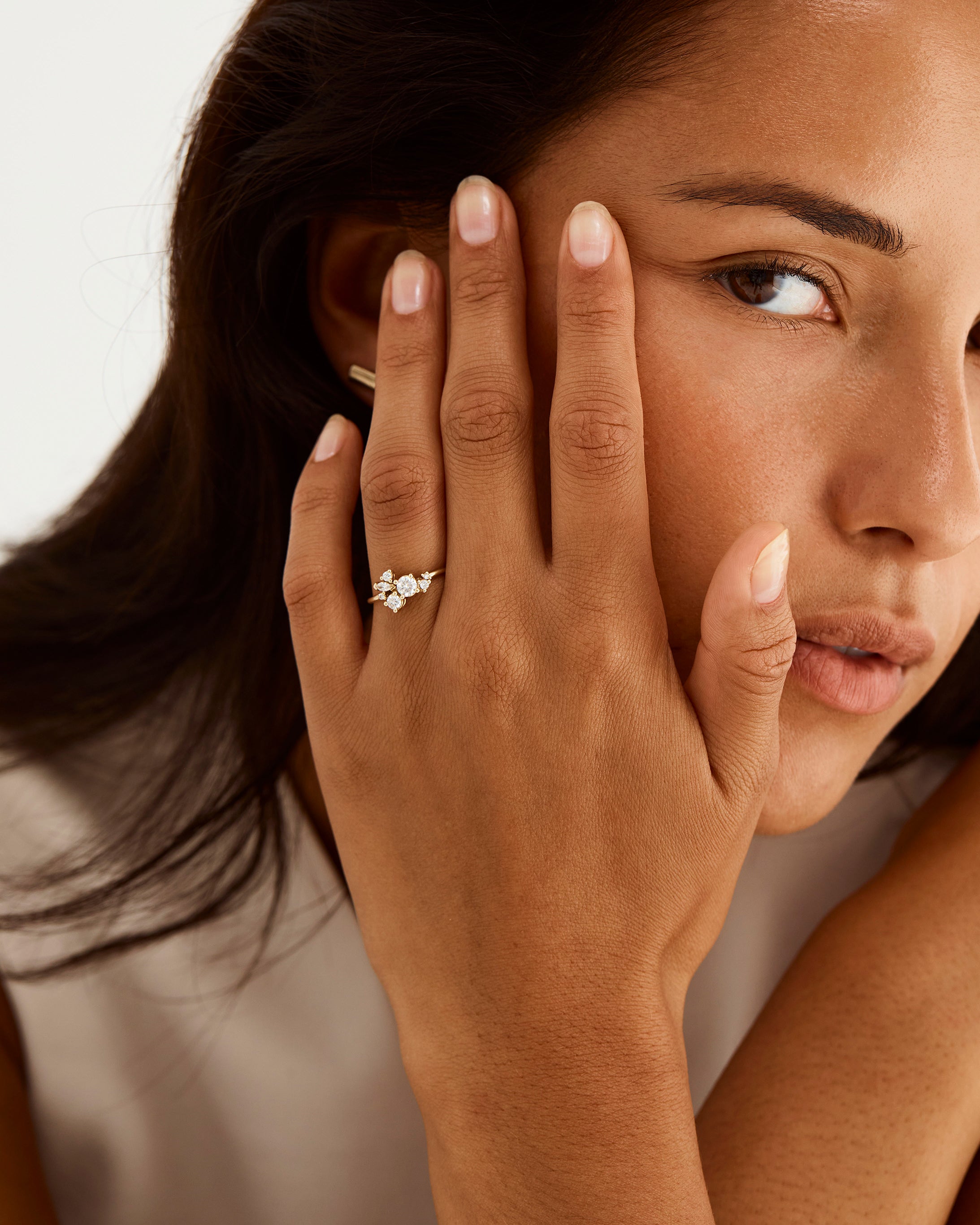
Skye Cluster Ring | Diamonds
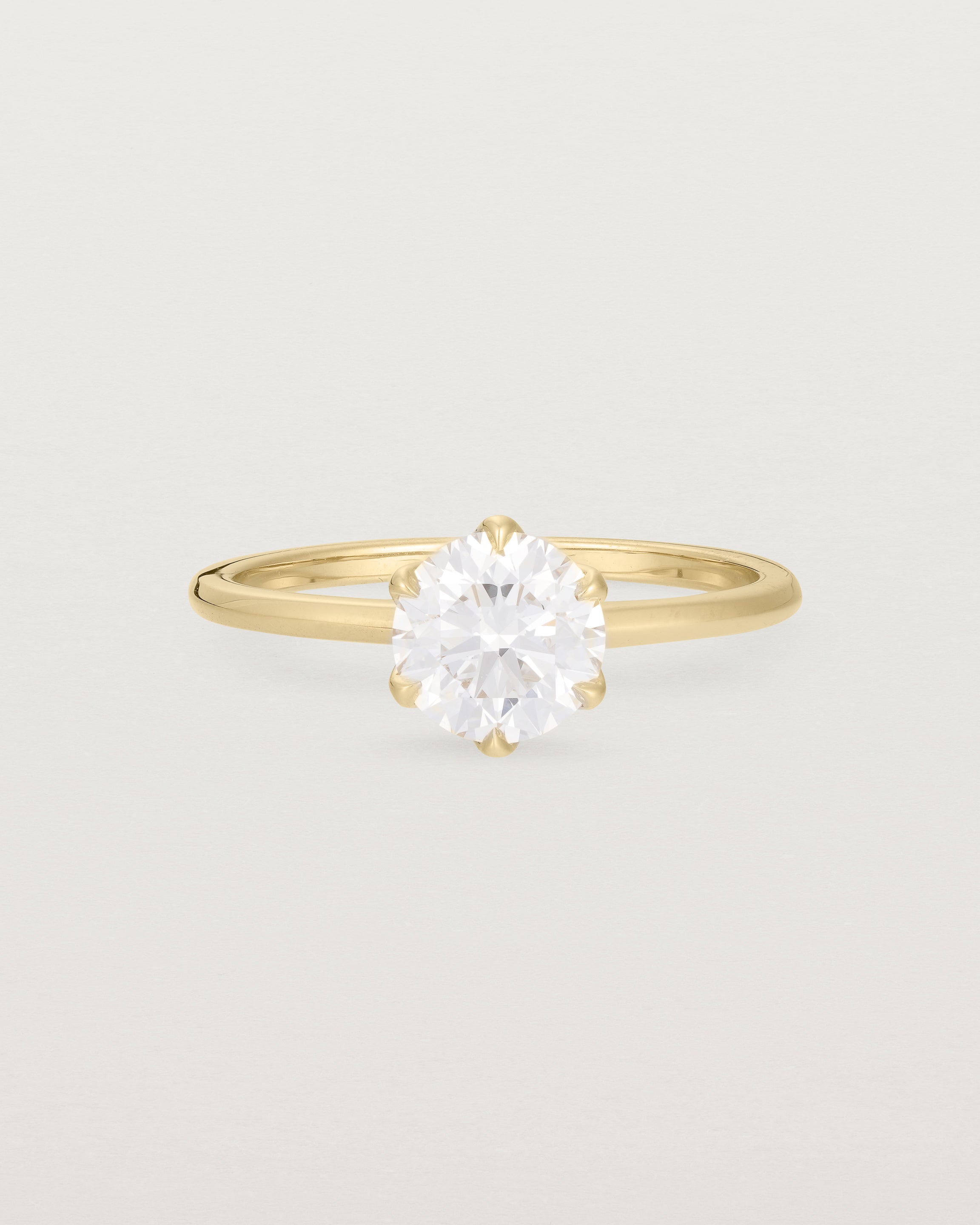
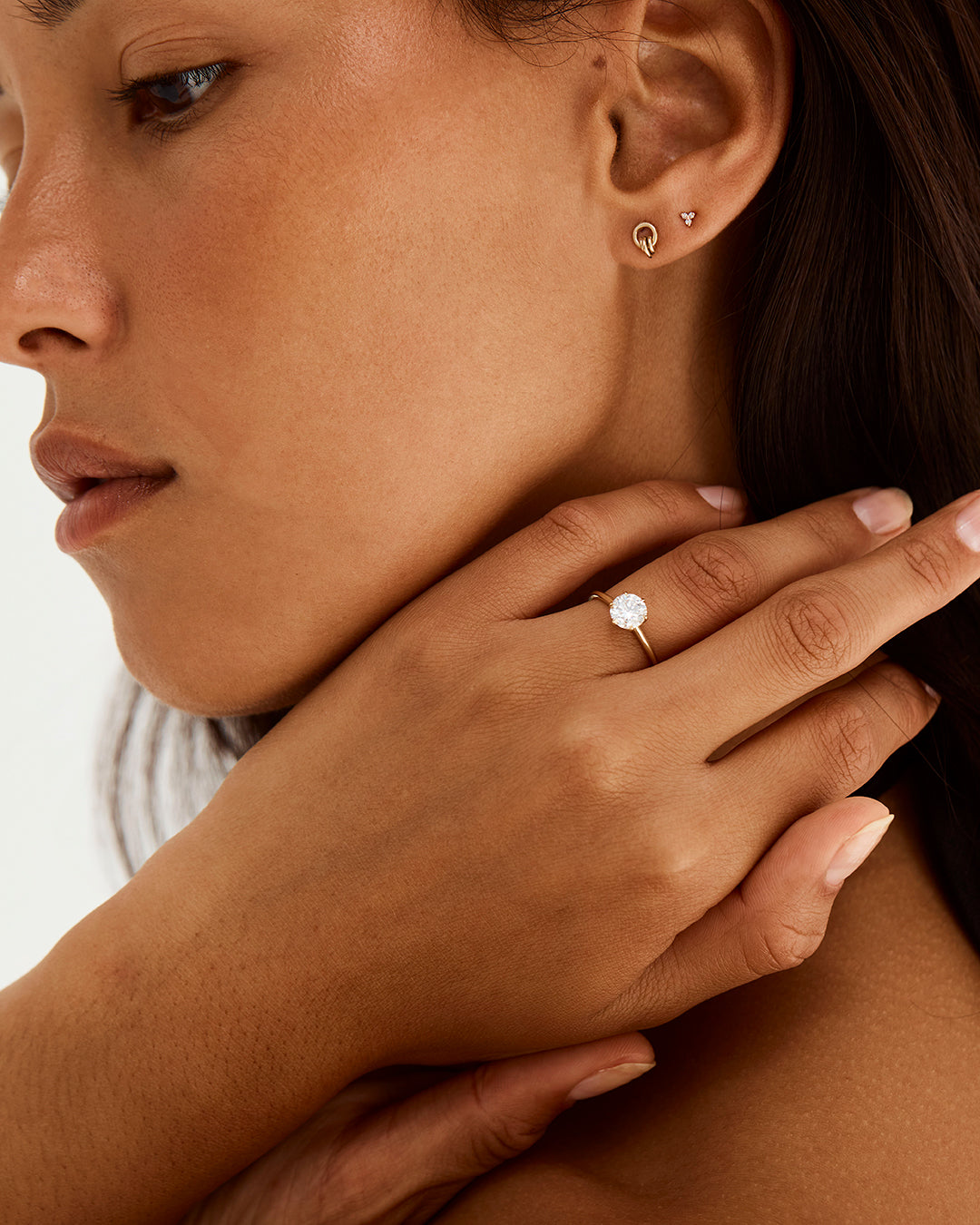
Mandala Solitaire Ring | Laboratory Grown Diamonds
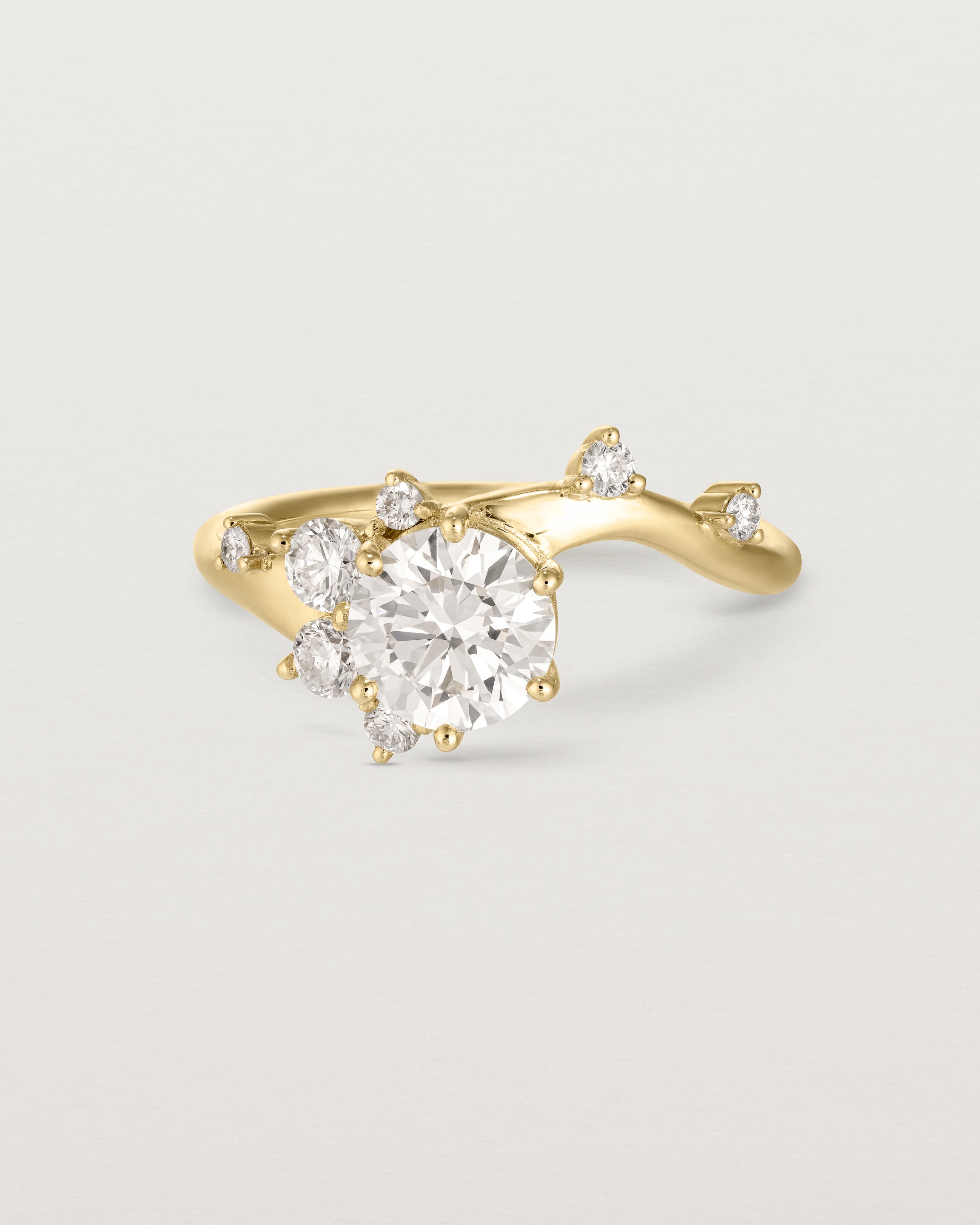

Ren Cluster Ring | Laboratory Grown Diamonds
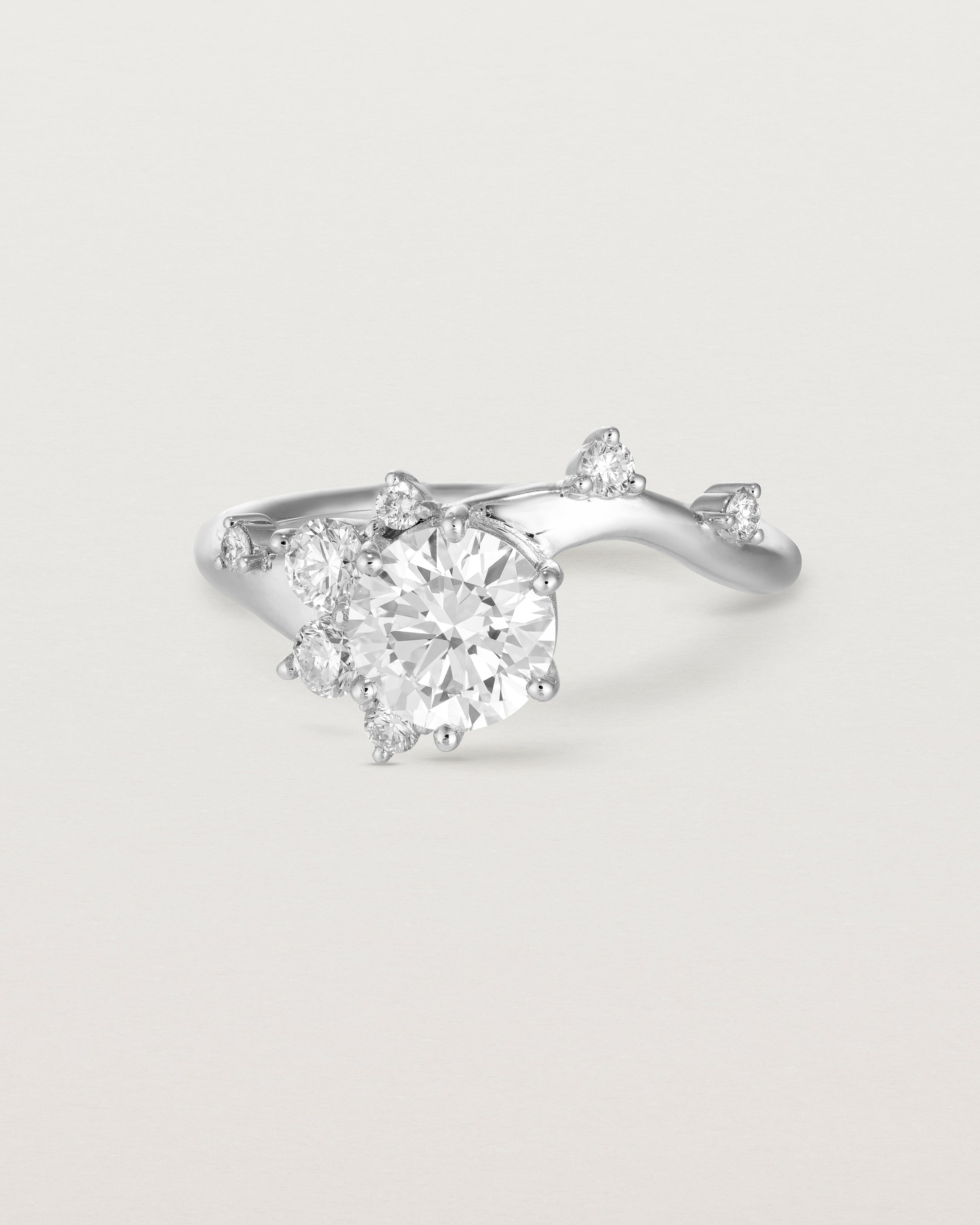

Ren Cluster Ring | Laboratory Grown Diamonds
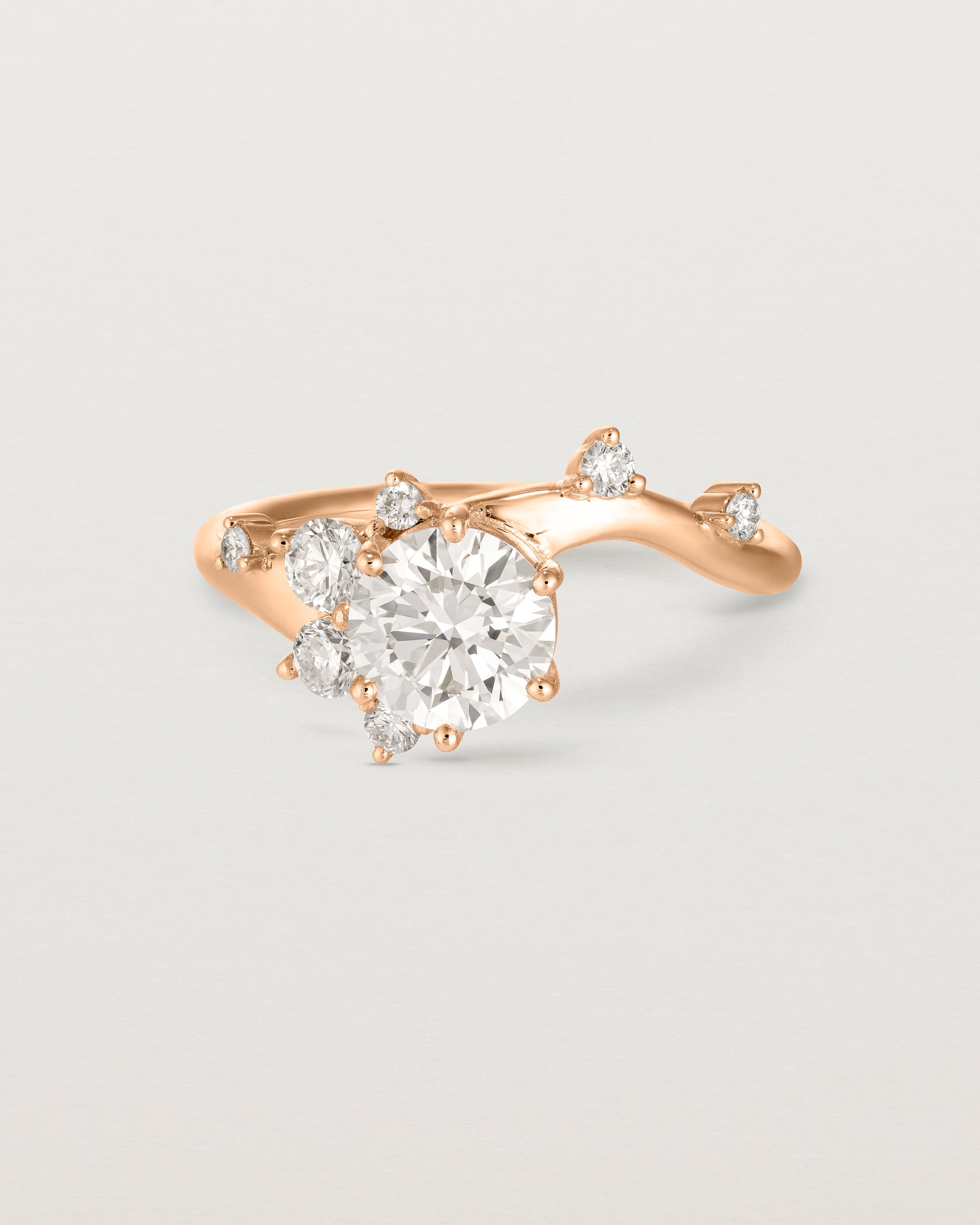

Ren Cluster Ring | Laboratory Grown Diamonds
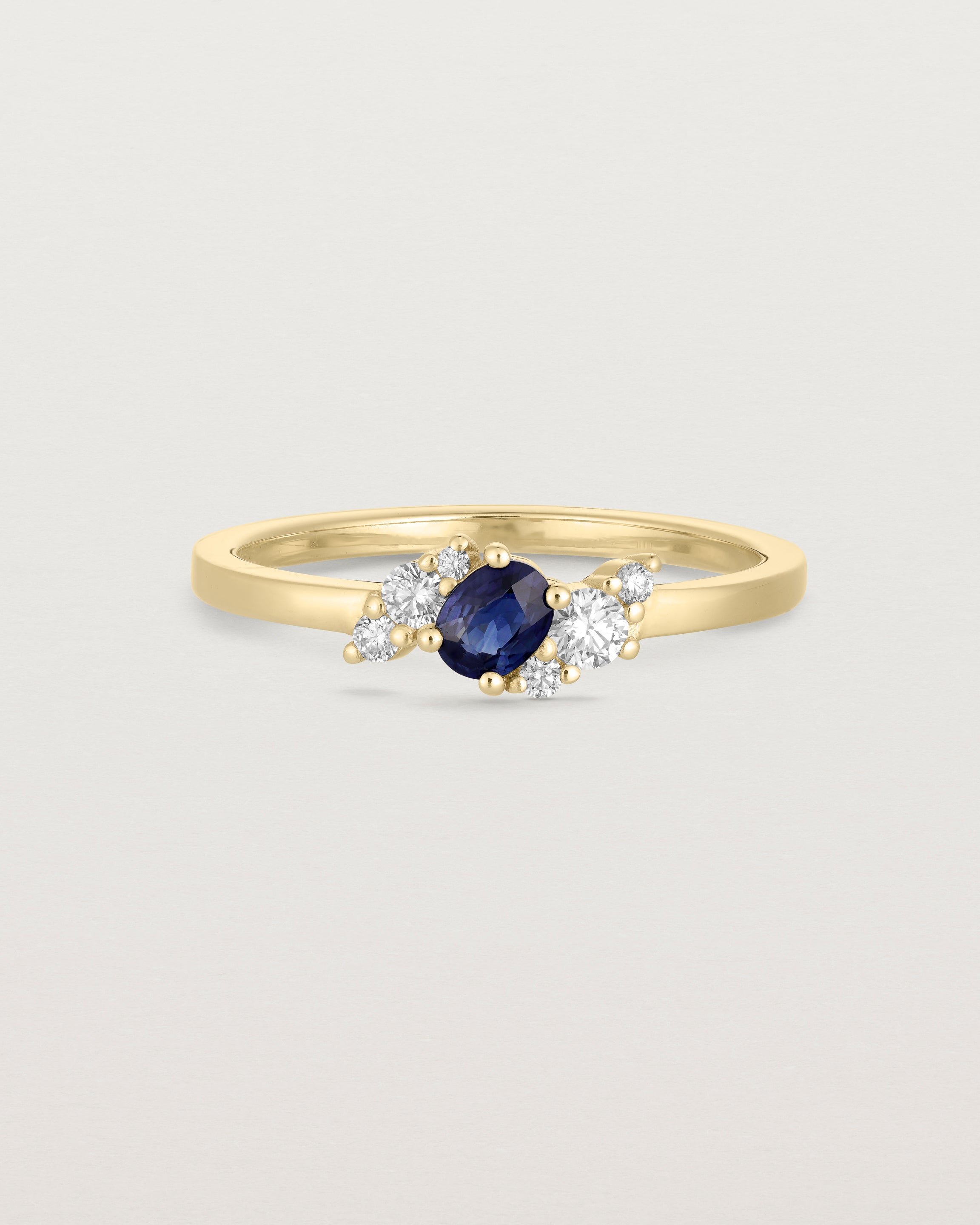
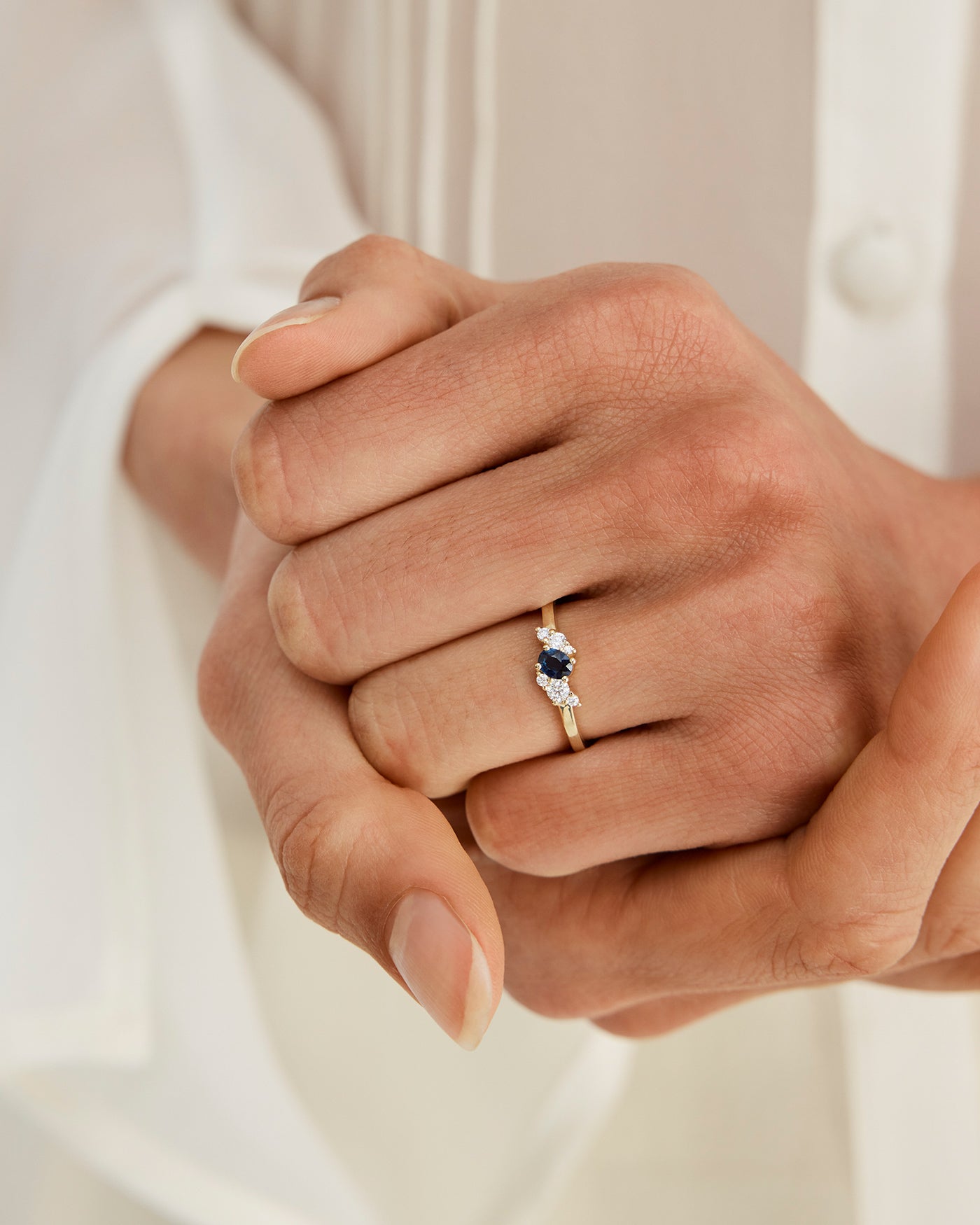
Iona Cluster Ring | Australian Sapphire & Diamonds
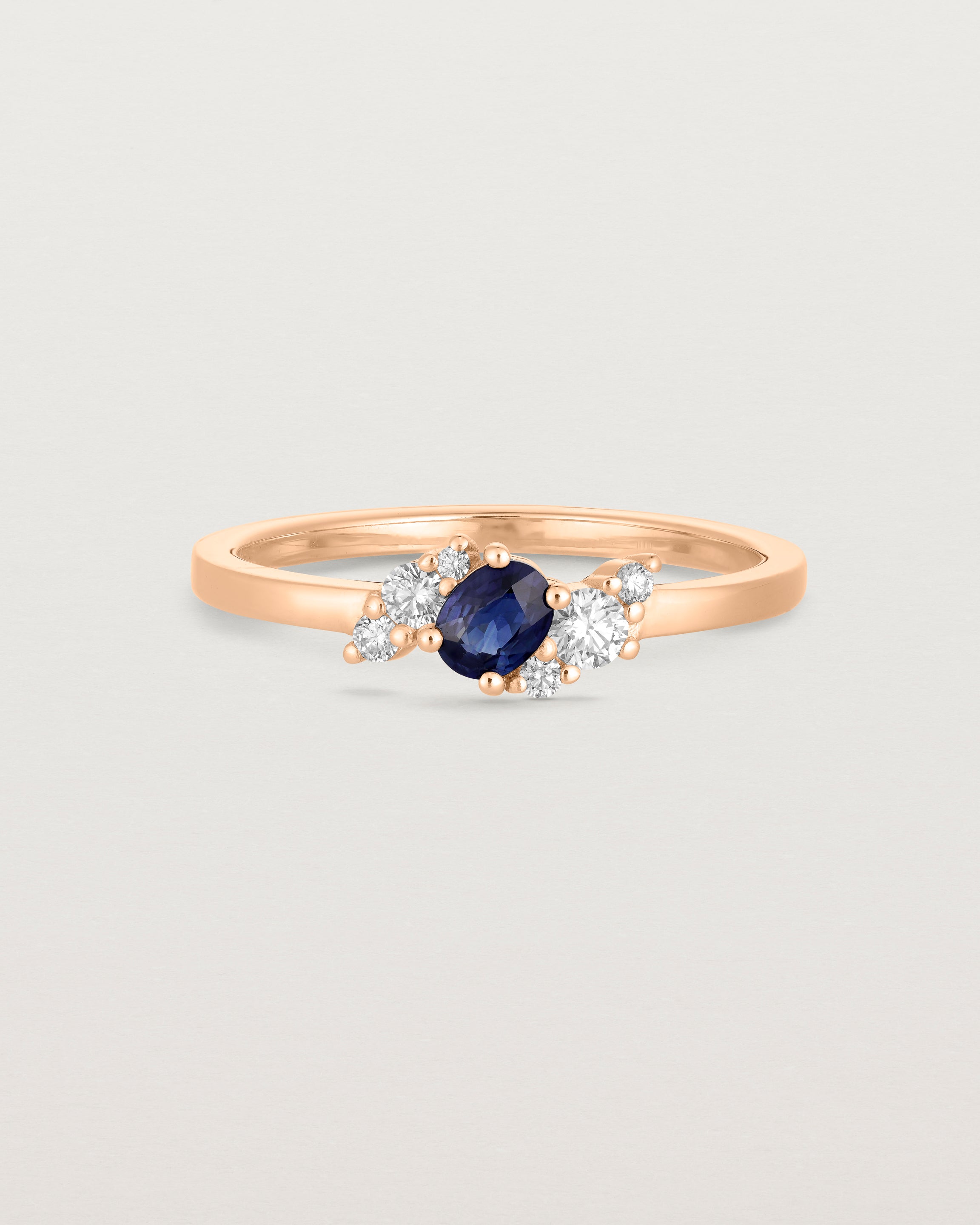

Iona Cluster Ring | Australian Sapphire & Diamonds
